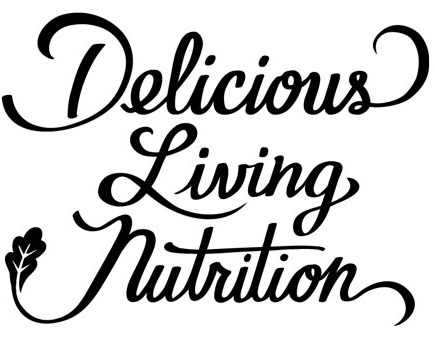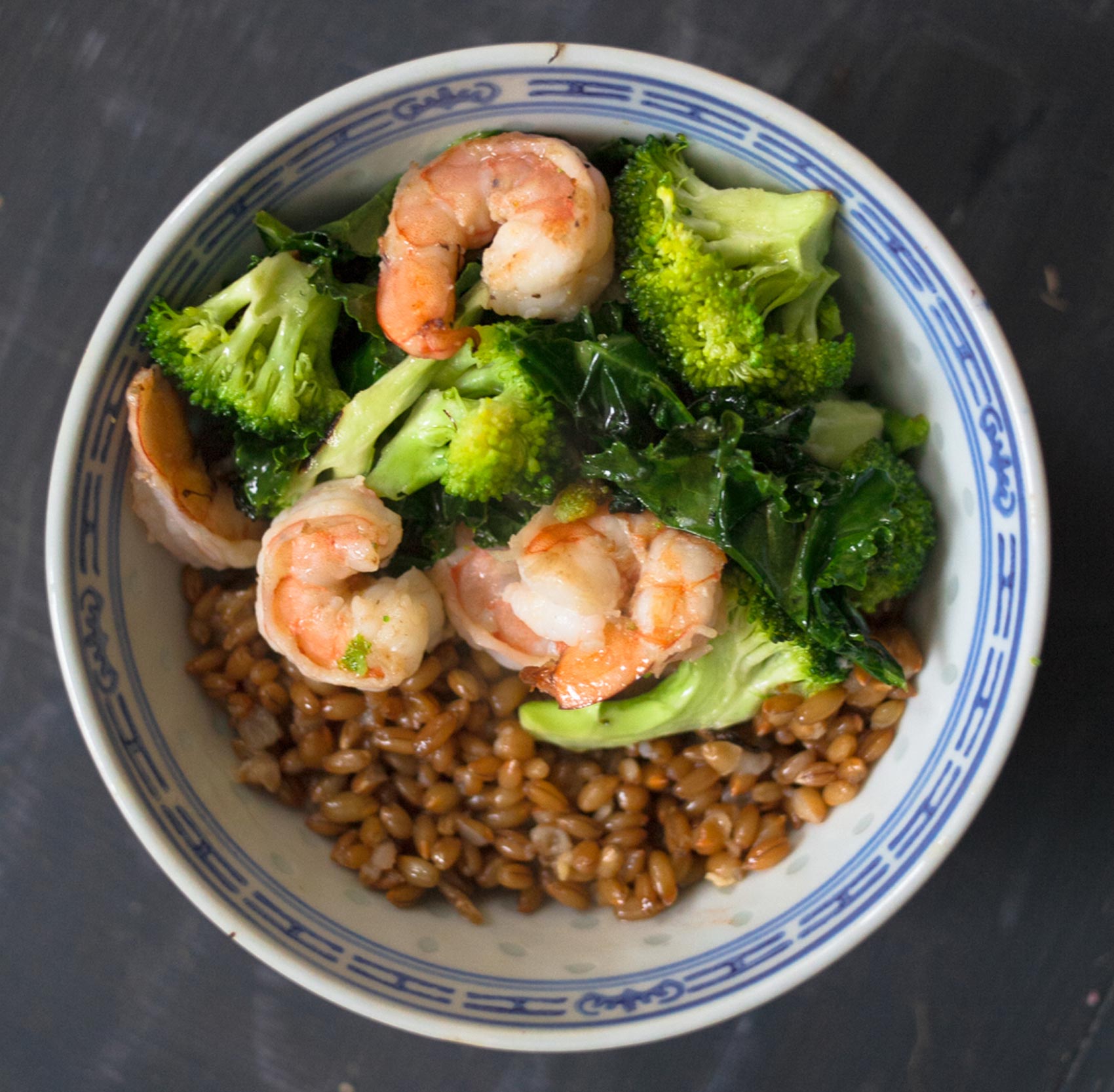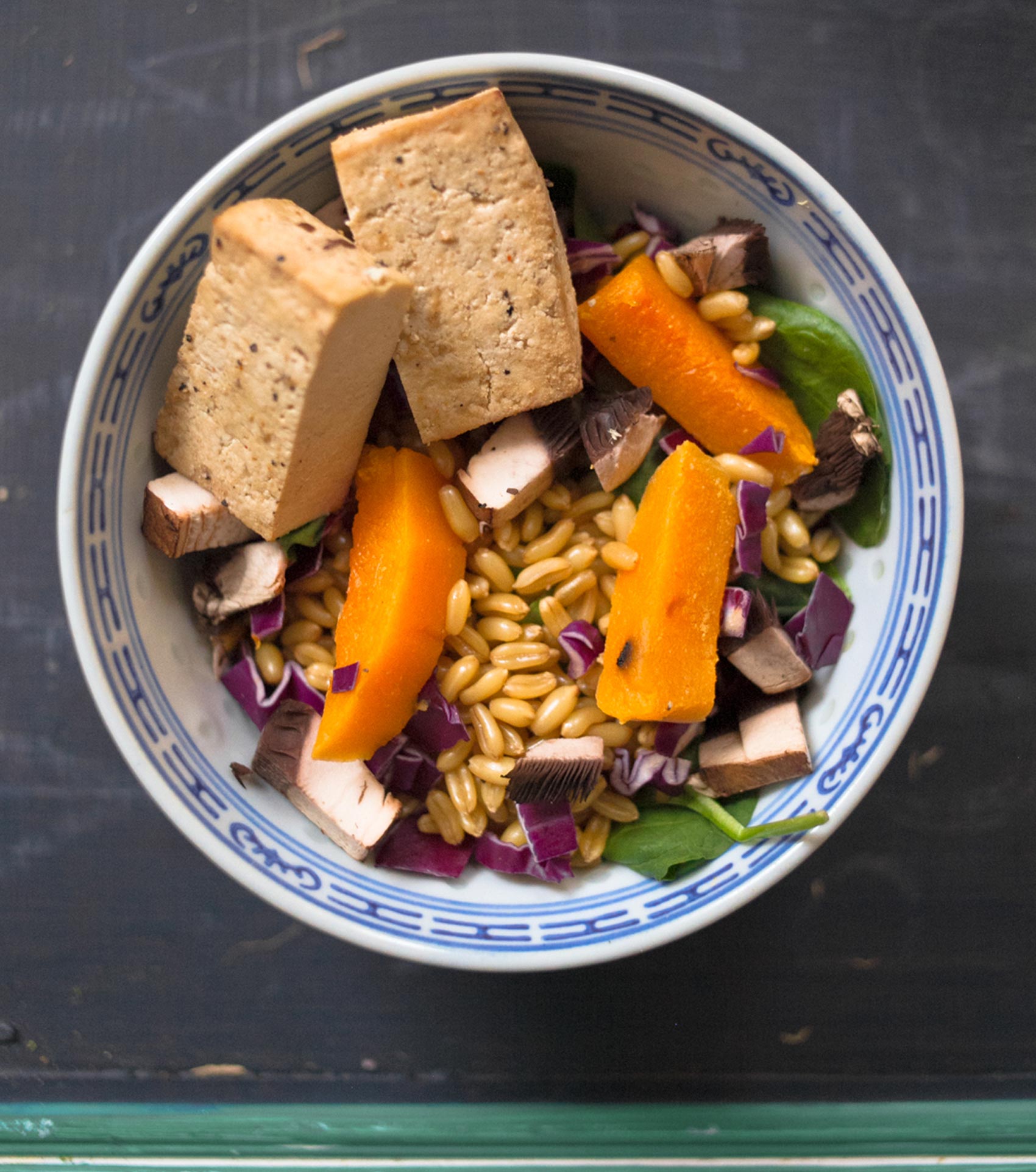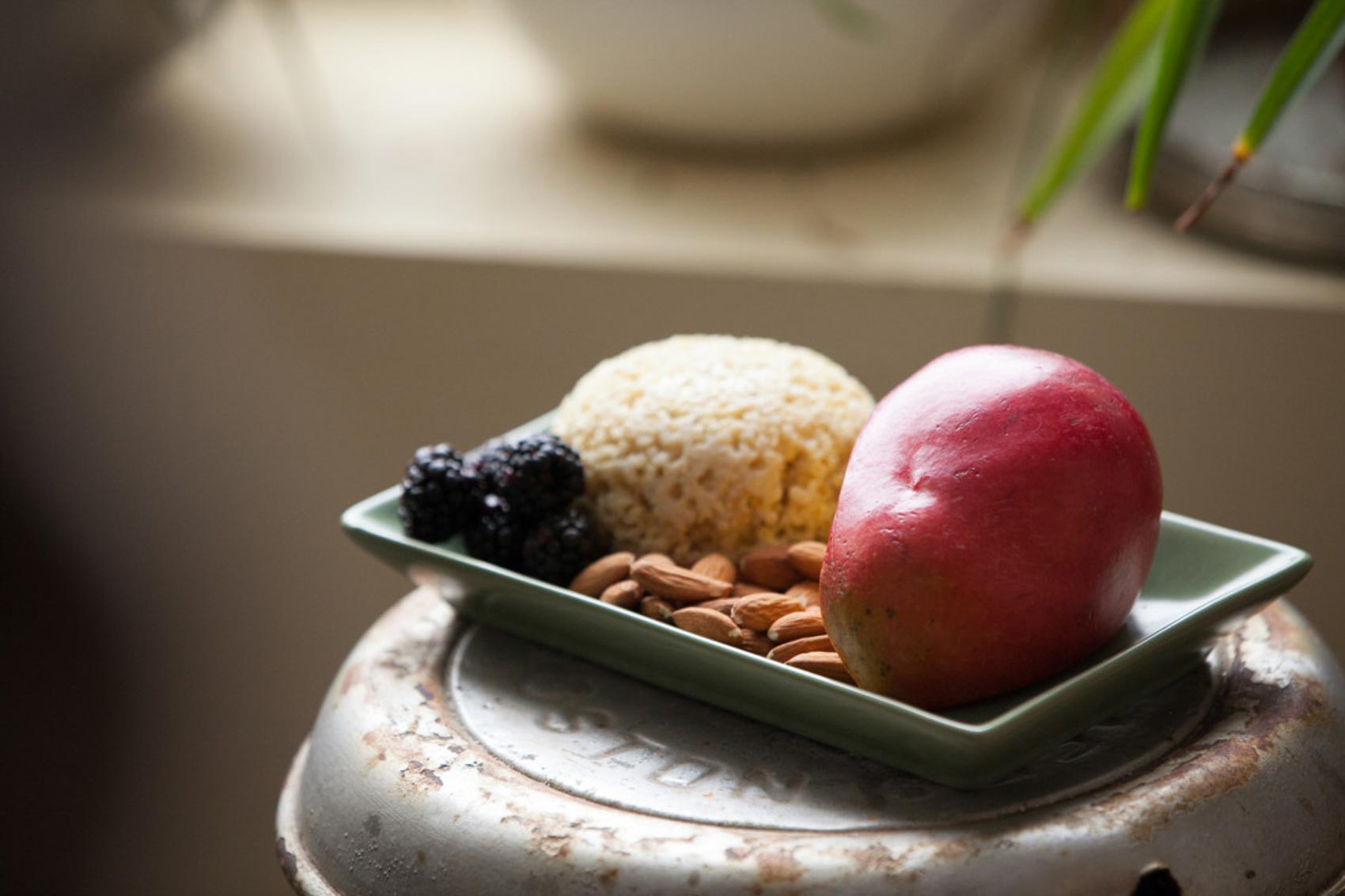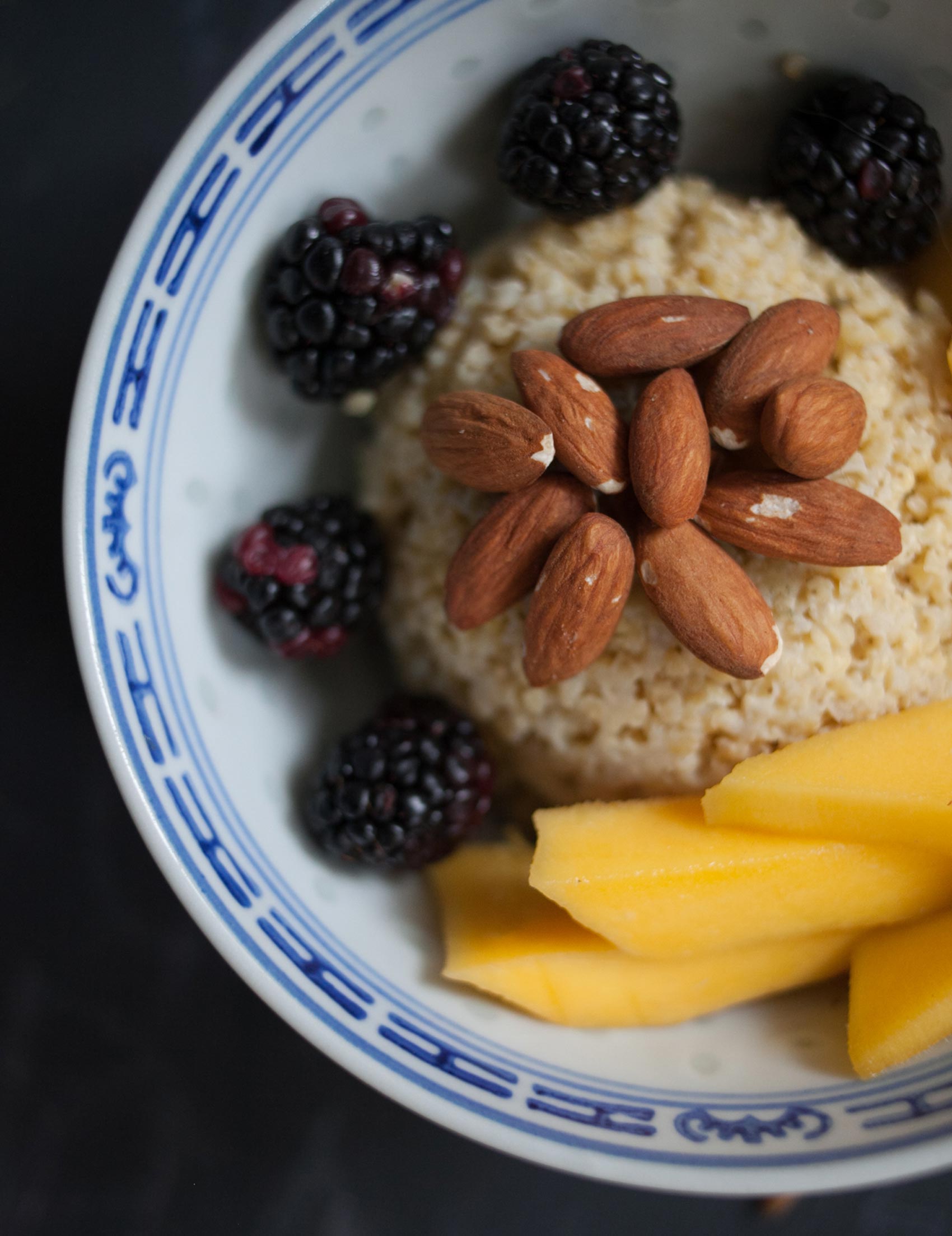Mix 'N Match Jars
The initial thought of preparing meals ahead may seem boring, repetitive and bland. However, cooking in batches doesn’t have to be repetitious or any of those! Let’s make some amazingly delicious and absolutely gorgeous jars together that will get you excited every time you open your refrigerator. Think of it as creating your very own “grab ‘n go”.
FIRST = Take a peek at your pantry practice
{NOTE} Do you have your whole grains where you can see them? List them.
{NOTE} What do you have for protein options? List them.
{NOTE} Make a list of all fresh and frozen vegetables available.
SECOND = Choose TWO different grains to incorporate (the purpose is FIBER)
{NOTE} These are Gluten-free:
red or white quinoa
brown or wild rice
buckwheat (Kasha)
millet
amaranth
{NOTE} You may also use these whole grains:
wheat berries
farro
kamut
spelt
barley
{NOTE} 1 cup of dry grain + 2 cups of water = 4 servings
Rice Cooker Directions: Place grain + water in cooker and PRESS THE BUTTON. Don’t forget to check on it to make sure it doesn’t burn. Most grains will be done between 10 – 40 minutes.
{NOTE} Add 1 TB Olive Oil or Coconut Oil (It will help you absorb Vitamins A, D, E and K)
Stove Directions Place grain + water in a small pot, bring water to a boil, then turn down to simmer until water is absorbed and grain is tender. Each grain requires a slightly different cooking time.
Now the grain will be ready to add 1/2 cup COOKED grain to Vegetables + Protein!
THIRD = Cook your Vegetables anyway you choose
Saute
Roast
Steam
Grill
Leave fresh + crisp
{NOTE} Add 1 TB Olive Oil or Coconut Oil (It will help you absorb Vitamins A, D, E and K)
{NOTE} Choose seasonal vegetables when possible
{NOTE} Always add dark leafy greens
FOURTH = Choose your protein options {more plants}
1/2 cup cooked Chickpeas, Black Beans, Pinto, Lentils
Fish {6 ounces} – Haddock, Salmon, Monkfish, Mackerel, Tuna, Squid
Shellfish {6 ounces} – shrimp, oysters, mussels, clams, scallops
Pasture-Raised Chicken or Poultry {4 ounces}
Grass-fed Beef or Bison {3 ounces}
Venison or Duck {3 ounces}
{NOTE} We are NOT counting calories! A calorie is NOT a calorie. In order to feel your best this season, try identifying whether your food choices are a {protein} or {fiber}. This will automatically give your food a purpose. If your choices aren’t proteins or fibers, they are most likely empty calorie options that aren’t supplying your body with nutrition. In this case, you won’t end up satisfied and your body will be looking for more. Look at the example below and see what can happen when you don’t plan ahead and wind up eating impulsively with empty calories.
Let’s take a look at some of my intuitive assembles…
This can open up a whole new way of thinking about your breakfast. The challenge is time. We simply don’t have enough, or do we!? Another challenge is getting the foods we need in the correct combination to manage our blood sugars, energy levels and hunger though out the day, meaning we really need to focus on getting protein AND fiber every time we eat, especially at breakfast.
For example, some of us may just have a bagel or muffin for breakfast, which will spike your blood sugars. This results in low energy levels and more cravings for the rest of the day. It is the protein and fiber combination that really fuels your body the best. So, let’s practice with breakfast to set the tone for the day.
Breakfast fuel should include a Protein + Whole Grain + Fruit
{NOTE} If you incorporate potatoes into your breakfast, you may choose to skip the grain. For example, Egg + Sweet Potato + Kale
